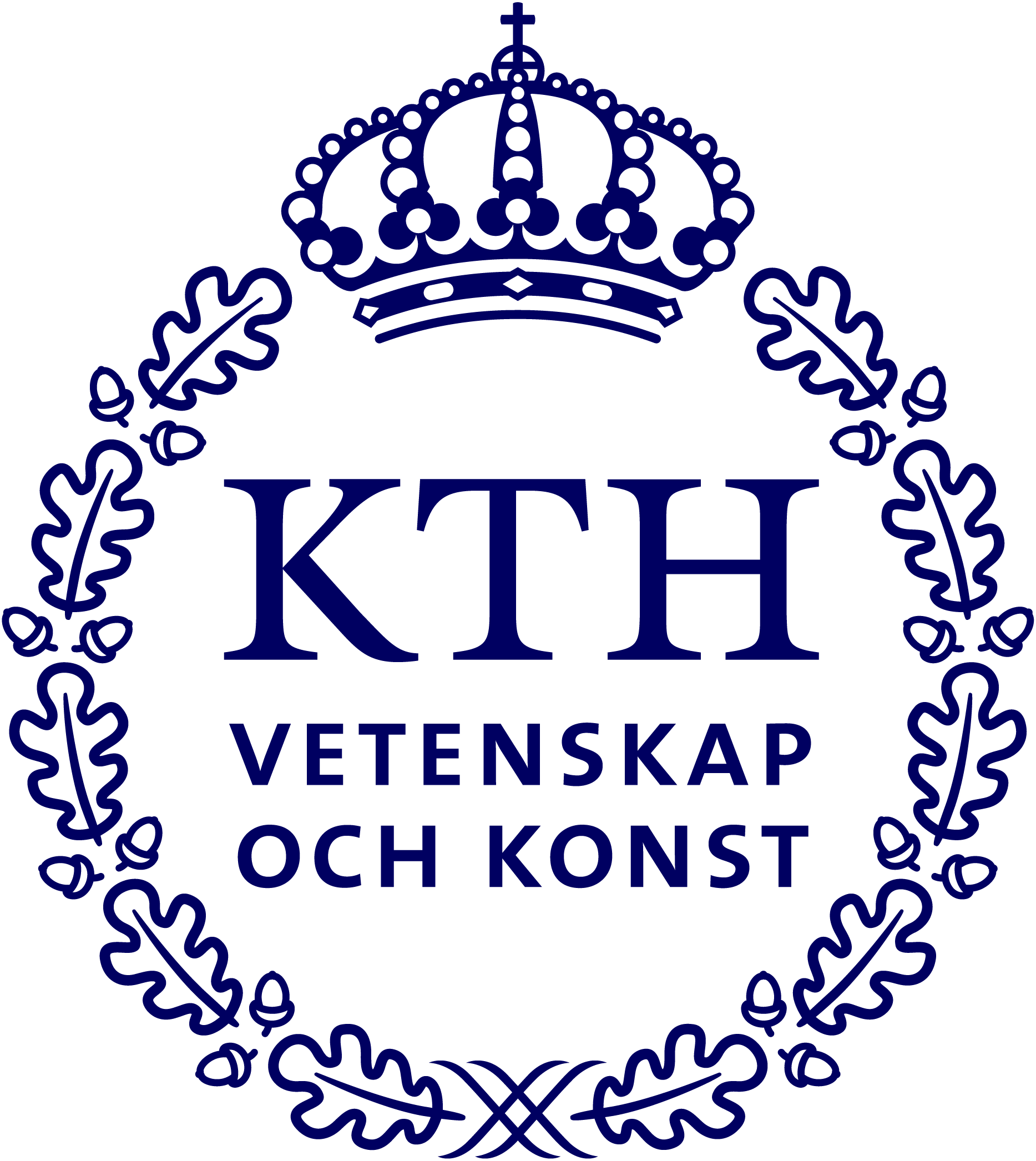
MicroVRide: Virtual Reality Micromobility Simulator
Project period
January 2023 – December 2025
Objective
The project objectives:
- Design and construction of a fixed hardware platform for simulating micromobility experiences in Virtual Reality (hardware development).
- Implementation of Virtual Reality simulations to replicate real world experiences (software development).
- Evaluation of experiences with users of different levels of riding proficiency in MicroVRide (evaluation).
Background
Micromobility refers to lightweight, typically electric, transportation modes like bicycles, e-scooters, e-bikes, and similar small vehicles. To simulate riding experience in micromobility, researchers typically design and construct indoor simulators to advance research, development, and understanding of the behaviour of micromobility riders.
While many bicycle simulators have been previously developed and investigated in terms of safety, realism, and motion sickness, other micromobility simulators still need to be explored. Particularly, four new types of micromobility are slowly growing within urban spaces: e-scooters, segways, electric unicycles, and one-wheeled skateboards. This opens new research opportunities focused on improving the safety of riders and understanding their behaviour in urban environments. This demonstrator project is focused on addressing how a VR micromobilty simulator can be designed to accommodate the current and future micromobility vehicle innovations and what the implications are for research and innovation in the domain of VR simulators.
To investigate this research question and understand riders’ behaviour on four types of micromobility vehicles safely, one indoor stationary Virtual Reality Micromobility Simulator (MicroVRide) will be designed and built. Different riding modes concerning four types of vehicles will be accommodated under safe and controlled conditions by this simulator. The design and construction of this simulator will involve the utilization of two main elements: (1) a fixed hardware platform (with a dismountable handlebar) with tracking of body weight distribution and (2) Virtual Reality (VR) simulation (presented in a wireless VR headset) to experience a virtual world. Following the construction of MicroVRide, experiences with users of different levels of riding proficiency will be investigated to understand their riding behaviour, performance, and experience.
The development of MicroVRide is motivated by a commitment to advancing VR simulator technology, establishing a secure and realistic environment for safe vehicle practice.
Crossdisciplinary collaboration
The researchers in the team represent the KTH School of Electrical Engineering and Computer Science and RISE Research Institutes of Sweden, Digital Systems Division.
Contacts

Andrii Matviienko
Assistant Professor, Division of Media Technology and Interaction Designs, KTH, PI of project MicroVRide: Virtual Reality Micromobility Simulator, Co-PI of project: XR Horizons - Unravelling Multi-User Interaction, Multisensory Experiences, and Ethical Considerations in the Realm of Spatial Computing, Digital Futures Faculty
+46 73 765 2032andriim@kth.se

Asreen Rostami
Senior Researcher at RISE, Co-PI of project XR Horizons: Unravelling Multi-User Interaction, Multisensory Experiences, and Ethical Considerations in the Realm of Spatial Computing, Co-PI of project MicroVRide: Virtual Reality Micromobility Simulator, Former Digital Futures Postdoctoral Fellow, Postdoc project: Gender inclusive cybersecurity, Digital Futures Faculty
asreen.rostami@ri.se

